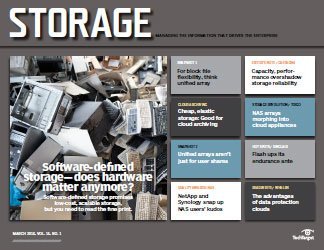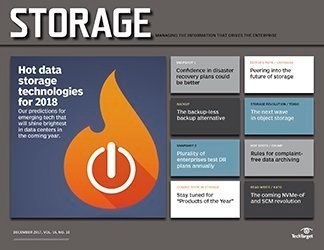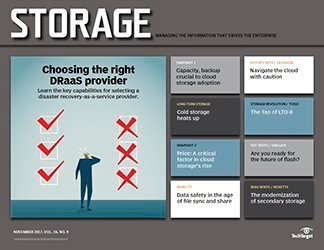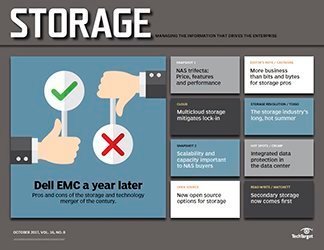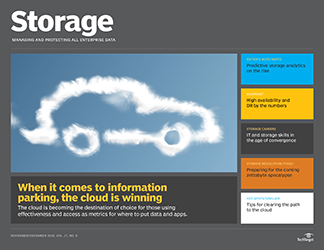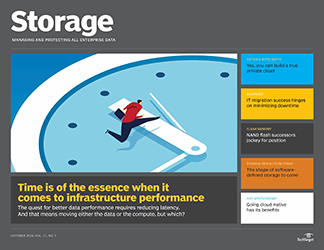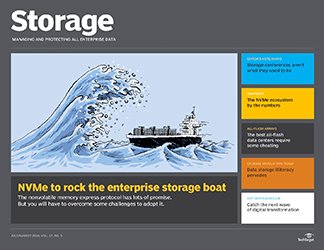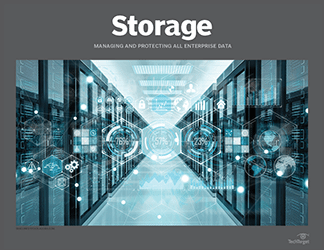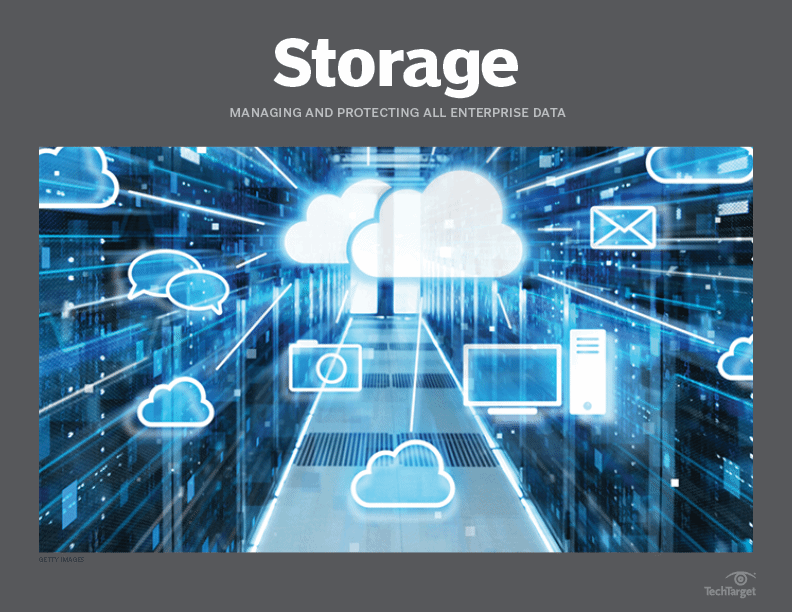- Share this item with your network:
- Download
Storage

Your move to the cloud should be a walk, not a run
Don't become a cautionary tale when moving to the cloud. Take the time to look at your long-term costs, staffing issues and how future needs will be met.
By now, you've no doubt heard countless industry pundits and analysts proclaim that the cloud is the present and the future. Not only do you need a cloud-first strategy, but you need a multi-cloud strategy, they say.
There's certainly some truth in these proclamations, but the tone behind today's multi-cloud hype leaves little room for careful planning. Yes, there is urgency for organizations to take advantage of today's cloud services to accelerate infrastructure delivery and help the business innovate in a competitive environment. But if you don't plot out your move to the cloud, you'll likely stumble along the way.
There's no shortage of cautionary tales sprinkled among the success stories regarding a move to the cloud. One of the biggest misconceptions about the cloud is that it will save you money -- a selling point business executives sometimes point to when they issue a cloud-first mandate. Time and again I've talked with exasperated IT managers who watched their cloud bills grow out of control with no insight into what's happening. Often, these managers find themselves searching for answers, scrambling to find that third-party management tool to help alleviate performance problems or rein in unchecked spending. They can quickly end up with a patchwork of third-party tools, each designed to solve a niche problem, and each with its own monthly bill. In the worst cases, the initial move to the cloud is so badly mismanaged that the organization completely reverses course, pulls the plug on the cloud and eats a bitter serving of egress fees.
Learn from these mistakes. Take the time to review your business and IT needs and anticipate future requests. Do you want a single tool to manage both on-premises and cloud infrastructure? Does the software designed to manage AWS lack visibility into the tier 2 provider that you will use for cold backups? Most importantly, do you have a strategy to track and manage cloud costs? Cloud providers have certainly improved their native cost-management tools in recent years, but it's important to remember that these providers have little incentive to minimize the bill they send you.
That's not to say that a move to the cloud can't save you money. Cold storage and disaster recovery are two great examples where cloud services are often cheaper than keeping expensive on-premises hardware idle until it's needed. However, the real value in the cloud is not in saving money, but in remaining flexible, scaling on demand and shortening deployment times.
Infrastructure teams face new challenges today to move faster and to speed delivery of infrastructure to developers and end users. The cloud can be a valuable tool to help IT support business innovation, but only if IT leaders set a careful strategy for cloud deployments and invest in the third-party tools to help them effectively manage these services.










